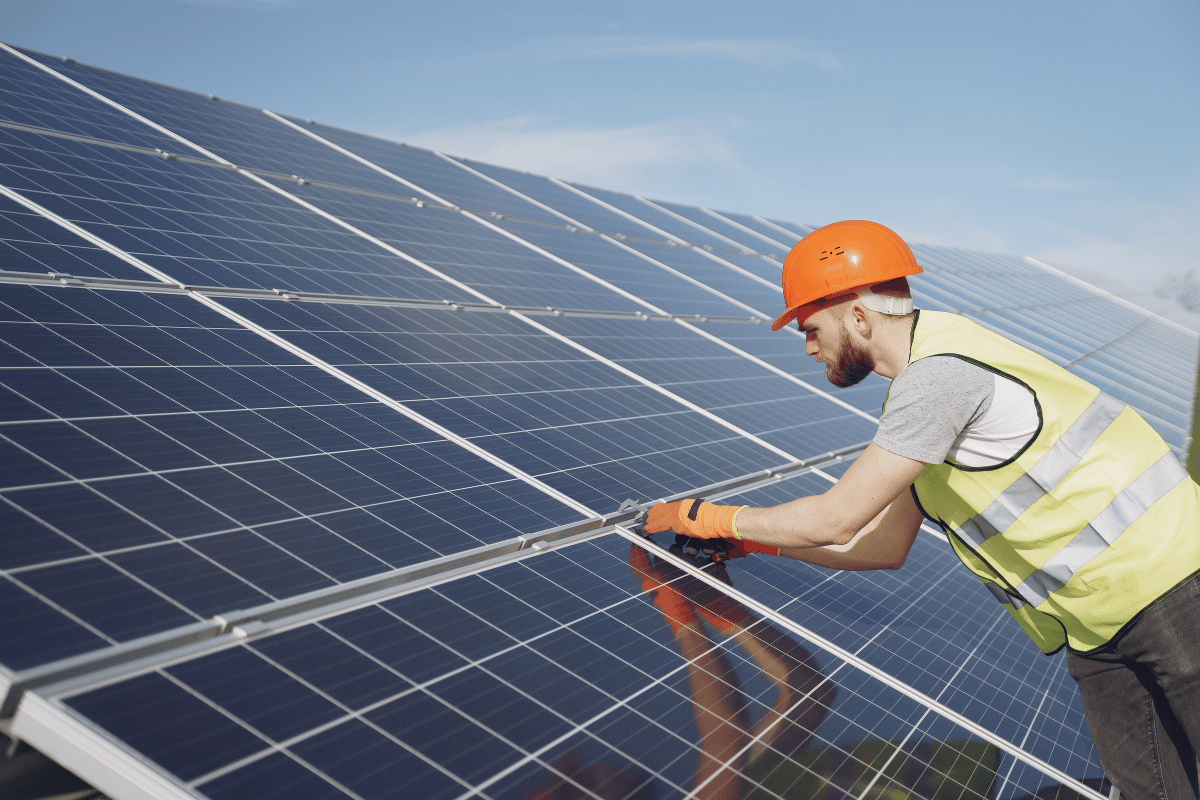What Are Solar Micro Inverters And Their Pros And Cons Of It?
Solar micro inverters are an innovative and increasingly popular technology in the solar industry. Micro-inverters convert direct current (DC) energy produced by solar panels into alternating current (AC) energy that can be used to power your home. Unlike traditional inverters, microinverters are installed on each solar panel, providing more flexibility and control over your solar system. However, like any technology, there are both pros and cons to consider before deciding if solar micro inverters are right for you.
Pros Of Solar Microinverters
1. Improved Energy Efficiency:
One of the primary benefits of solar micro inverters is their ability to improve energy efficiency. Because each solar panel has its microinverter, the system is better able to adjust to fluctuations in shading and panel performance. This means that if one panel is shaded, it won’t impact the performance of the rest of the panels in the system. This leads to a more efficient and productive solar system overall.
2. Increased System Flexibility:
Solar micro-inverters allow for more flexibility in system design and installation. Because each panel has its microinverter, panels can be installed in different orientations and locations, without impacting the overall system’s performance. This means that micro-inverters can be installed on complex roof layouts or homes with shading issues.
3. Enhanced Monitoring And Maintenance:
Solar micro-inverters also offer improved monitoring and maintenance capabilities. Because each panel has its micro inverter, it’s easier to pinpoint any performance issues or failures in the system. This means that maintenance and repairs can be done more quickly and efficiently.
4. Safer Installation:
Micro inverters are generally considered safer than traditional string inverters. This is because they operate at lower voltages, reducing the risk of electrical shock or fire. Additionally, if a problem does occur with one panel or microinverter, it won’t impact the rest of the system, reducing the risk of system-wide failures.
Cons Of Solar Microinverters
1. Higher Upfront Costs:
One of the biggest drawbacks of the solar micro inverter is its higher upfront costs. Because each panel requires its microinverter, the cost of the system can be significantly higher than traditional string inverter systems. However, it’s important to note that the increased energy efficiency and improved performance of micro-inverters can offset these costs in the long run.
2. Potential For More Complex Wiring:
Because each panel has its microinverter, the wiring of a microinverter system can be more complex than traditional inverter systems. This means that installation may take longer and require more expertise from the installer.
3. Limited Performance History:
Solar micro-inverters are a relatively new technology, so there is limited performance history to compare with traditional inverter systems. However, early studies have shown that micro-inverters can improve overall system performance and efficiency.
4. Possible Compatibility Issues:
Solar micro-inverters may not be compatible with all solar panel models. It’s important to consult with an experienced installer to ensure that your panels are compatible with micro inverters before making a decision.
Conclusion:
Solar micro inverters offer several benefits over traditional inverter systems, including improved energy efficiency, increased system flexibility, enhanced monitoring and maintenance capabilities, and safer installation. However, they also come with higher upfront costs and potential compatibility issues. Ultimately, the decision to install solar micro inverters will depend on your individual needs, budget, and the specific details of your home and solar system. It’s important to consult with an experienced installer to determine if micro-inverters are the right choice for you.
Summary
Solar micro inverters offer several benefits over traditional inverter systems, including improved energy efficiency, increased system flexibility, enhanced monitoring and maintenance capabilities, and safer installation.
Source
https://ussolarsupplier.com/


Leave a Reply
You must be logged in to post a comment.